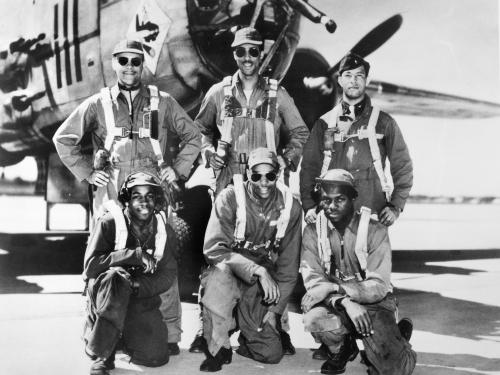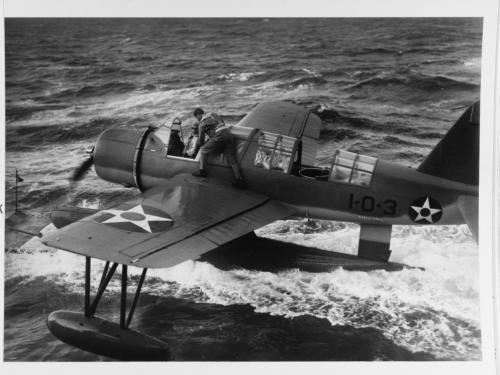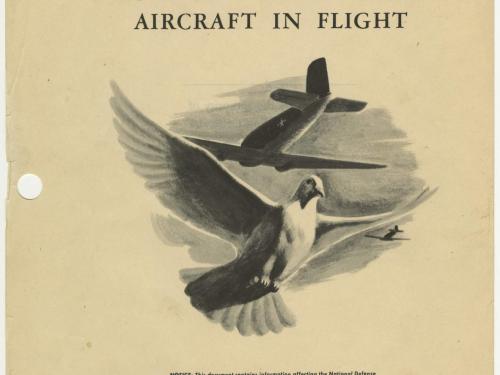
Stories of daring, stories of technological feats, stories of prevailing against the odds ... these are the stories we tell at the National Air and Space Museum. Dive in to the stories below to discover, learn, and be inspired.
Showing 31 - 40 of 158

March 15, 2022
The destruction of the An-225 is a loss to history—but a single airplane, no matter how important or impressive, seems trivial in the face of the threats Ukraine is facing and the losses its citizens are bearing. Acting director Chris Browne reflects on what this iconic aircraft meant to the Ukrainian people—and what it showed the world about their spirit and resolve.

February 22, 2022
Donated by Ahmed A. “Sammy” Rayner, Jr, these images, paired with his remembrances of his time as a Tuskegee Airman, provide vivid examples of the daily lives of the 477th Bombardment Group and experiences as a Black officer.

December 07, 2021
Glenn Lane told his incredible survival story to former Museum curator Jim Zimbelman who met him at and an airport by chance in 2007—he was returning from a reunion event at Pearl Harbor with a jacket that displayed the words 'USS Arizona Survivor.’ Read about the man that survived two battleships bombings in less than one hour.

November 09, 2021
The Apollo program, which landed the first human on the Moon, ended in December 1972 with Apollo 17. Why did we stop?

October 28, 2021
When World War II broke out, hundreds of women took to the skies in support of the war effort. Many contributed as Women Airforce Service Pilots (WASP). However, women like Willa Brown who were barred from becoming a military pilot by both her race and gender, found other ways to contribute. These are the stories of five women who contributed to the war effort by flying.
October 14, 2021
On September 25, 1912, Alberto Salinas Carranza and Gustavo Salinas Camiña received their pilot licenses from the Aero Club of America. The Salinas cousins were the first of a group of five Mexican pilots sent by their government to the United States to study at the Moisant Aviation School at Hempstead, Long Island. The photographs and correspondence found in the collection of Shakir S. Jerwan, their “profesor,” provide a unique glimpse into the early history of Mexican aviation.

March 16, 2021
Amid all these aircraft maintenance manuals, engine overhaul manuals, and parts catalogs in the Museum, there exists a U.S. Army Air Forces (AAF) manual that details the use of homing pigeons in combat zones during World War II.

November 12, 2020
On this episode of AirSpace we’re spotlighting the heroic service and enduring legacy of the Women Airforce Service Pilots, or WASP. More than 1000 of these fearless women flew as civilians for the Army Air Forces during World War II. And we’ll hear firsthand from three women connected to the WASP legacy, including a WASP herself, Nell “Mickey” Bright.

September 24, 2020
About 82,000 American service members are listed as Missing in Action – 72,000 from World War II alone. Recent technologies like robotic submersibles, advanced sonar, and DNA matching are making it easier for recovery operations to find the downed airplanes, and identify the remains of service members.

August 27, 2020
Often overlooked in the histories of the battle is the Cactus Air Forces’ forgotten spine, the Royal New Zealand Air Force (RNZAF) that fought a desperate battle over the skies of the Solomon Islands.